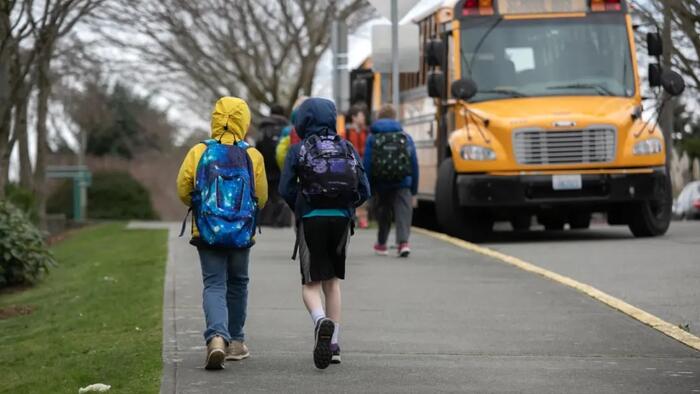The future of education is being dramatically shaped by a significant decline in birth rates across the United States and globally. As Americans and immigrants have fewer children, the school-age population is projected to decrease sharply over the coming decades. This follows a historical trend where a baby bust occurred after the baby boom, notably seeing significant declines in school enrollment due to the aging of the Boomers. However, the current decline is anticipated to be more enduring and profound, with a notable drop in public school enrollment from a peak of 50.8 million in 2019 to projections of under 47 million by 2030. This demographic shift is catalyzed by record low fertility rates, indicating a continuous acceleration of this enrollment decline as fewer children born in recent years enter the school system.
The unfolding baby bust parallels the earlier experience of the 1970s and 1980s, when school populations dwindled, leading to significant consequences for school districts, including closures and teacher layoffs. This job insecurity among teachers drove them to seek the support of teachers’ unions, which in turn expanded their influence and political power significantly, culminating in the establishment of the Department of Education in 1980. As the number of school-aged children waned, local property tax revenues diminished, leading schools to increasingly rely on state and federal funding. This funding transition ultimately made schools more vulnerable to future decreases in enrollment since funding is often allocated on a per-student basis.
With a forthcoming and deeper decline in enrollments expected, school districts are likely to face significant financial challenges, resulting in closures and layoffs more extensive than those experienced in previous decades. Recently strained financial situations are exacerbated by the increasing population of older adults that demands substantial healthcare funding, leaving less for education. Furthermore, while federal funding could ostensibly support schools, the pandemic’s inflationary consequences highlighted funding limitations. As states face competing demands for healthcare and infrastructure, there’s little optimism for educational financial assistance from either state or federal sources.
Amid these challenges, the push for reforming education such as adopting school choice programs may face increased opposition due to desperation among districts seeking to retain enrollments and funding. In contrast to previous decades, when populating schools were overcrowded and induced funding stability, districts today may resist new competition from private educational institutions, complicating efforts to implement such reforms. However, the drastic decrease in birth rates might present a renewed motivation for states to adopt school choice, mainly as labor shortages loom in many areas, emphasizing the need for parental control over educational choices.
As some states begin adopting expansive private school choice programs, pressure mounts for others to follow suit lest they lose families and workers to regions prioritizing flexible educational options. Red states have increasingly embraced such reforms, leading to a scenario where nearly 40% of students may soon be eligible for private school choice with Texas likely to join this movement shortly. Consequently, states such as Georgia and Wyoming may struggle to justify their reluctance in implementing similar programs, facing the looming threat of migration of families and workforce to states that prioritize educational freedom.
In conclusion, as the landscape of education evolves with declining birth rates and shifting demographic dynamics, the historical underpinnings of American education may be in jeopardy of transformation. The competitive pressure born from labor shortages in a shrinking population could serve as a catalyst for reform in educational policy, advocating for universal school choice as a means to attract families. A renewed examination of the relationship between education opportunities and community appeal could drive policymakers to adapt strategies that empower families and stimulate local economies, ultimately reshaping the frameworks governing education in the United States.

